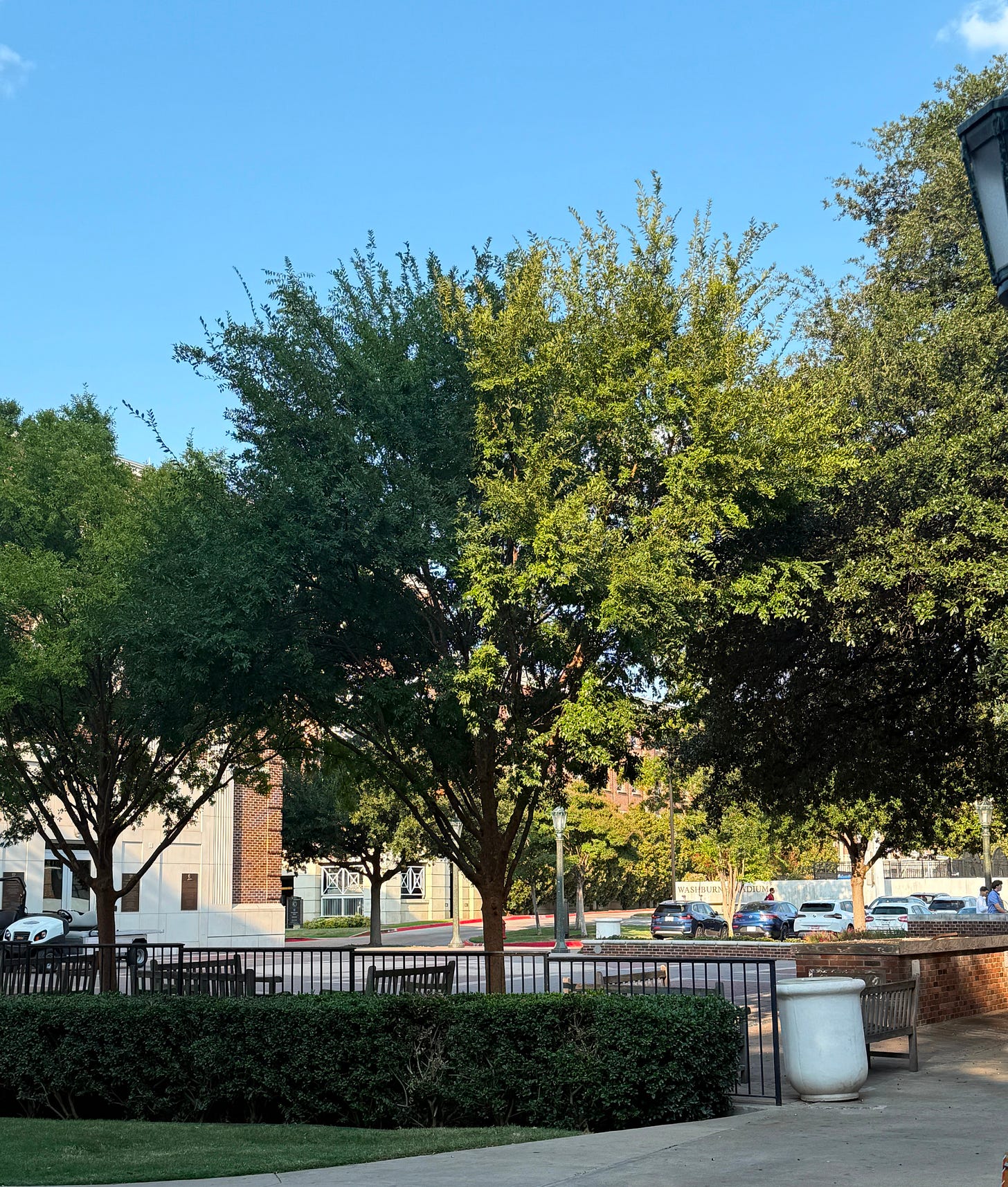
The Architecture of Quiet Resistance: On Balance, Strategy, & Protecting What Matters
What do we do when the world no longer allows ease of passage, when every step forward demands forethought, intention, and tact? We turn to strategy—not as a weapon, but as a compass, guiding us through complexity with a mind tuned to patterns and a heart willing to learn. When life splinters into a thousand uncertain paths, when the known gives way to the uncertain and the way ahead is obscured by fog and forked roads, we don’t shrink. We don’t turn back or quit. We study. We listen. We gather what fragments of truth we can, and we build with them a way forward—brick by brick or thought by thought—knowing that clarity is often constructed in the act of walking forward.
Ultimately, it's not brute force that leads us, but the quiet discipline of balance. With the weight of earth beneath us and the lift of sky above, we find ourselves able to move with a different kind of strength—rooted in insight, in awareness, and in the art of choosing wisely rather than quickly. In this terrain, adaptability isn’t surrender; it's the finest form of mastery. Improvisation isn’t recklessness, but is a dance with the unknown, a choreography of vision and will—a refusal to believe that the absence of a clear road or a simple path means the absence of a way.
Where others see impasse, those who know of better ways look again. We search the dark thickets where maps trail off, where roads end, where certainty is replaced by instinct. Some refuse to enter those spaces, convinced that effort will collapse under its own weight, that futility has already carved the ending. However, those who endure know otherwise. They know that resilience is its own kind of brilliance, that bending where others break is a quiet revolution, and that from the strength of the heart—not the predictability of the path—emerges the blueprint for futures unimagined.
We do not seek greatness. It seeks us when we are aligned with the essence of the work, when our living is not performance but stewardship. We build not for legacy but for longevity, not for monuments but for roots. We sustain. We nourish. We tend the invisible architectures of life that allow spirit to grow, not just in sunlight but in shadow, not just in triumph but in tension. Harmony isn’t the absence of conflict, but the deep music that plays between opposing forces held in equilibrium. Can you hear it now?
This is the place where life thrives—in the balance between sunshine and rain, between the grounded body and the ungoverned wind. Impermanence is no longer a threat, but a herald, sounding through every moment of the sacred rhythm of form giving way to spirit, and spirit returning once again to form. To live with awareness is to inhabit both—to keep our feet firmly on the ground, while the spirit soars. In that stance, we gain not control, but fluency. Though we don’t direct the wind, we learn, through practiced stillness and sharpened vision, where best to stand when it changes.
We keep watch as stewards of what’s possible. We carry the warmth of what matters forward, even as the air grows tight and familiar paths close behind us. We sharpen our tools of thought, protecting networks where truth still dares live. We protect the places where thought can still take root, where questions are safe to grow, where essence and wonder hasn’t been cleared away.
This is not the work of noise, but of quiet knowing. Even now—especially now—there is something sacred in the soil waiting to rise. ✨





I like this: Architecture as an act of resistance.
In Nichiren Buddhism we call this the human revolution. Beautiful piece. That you.